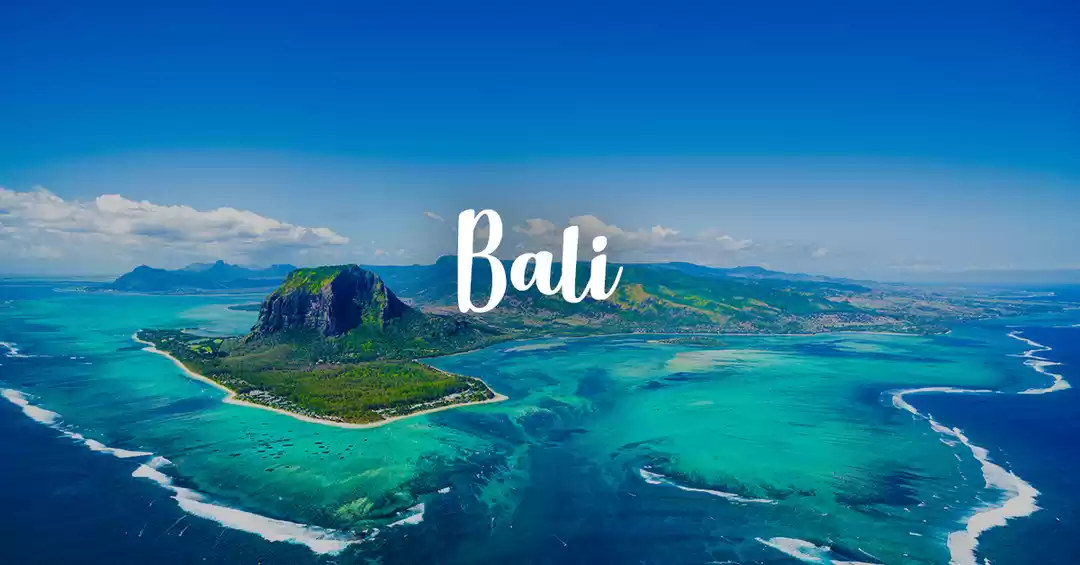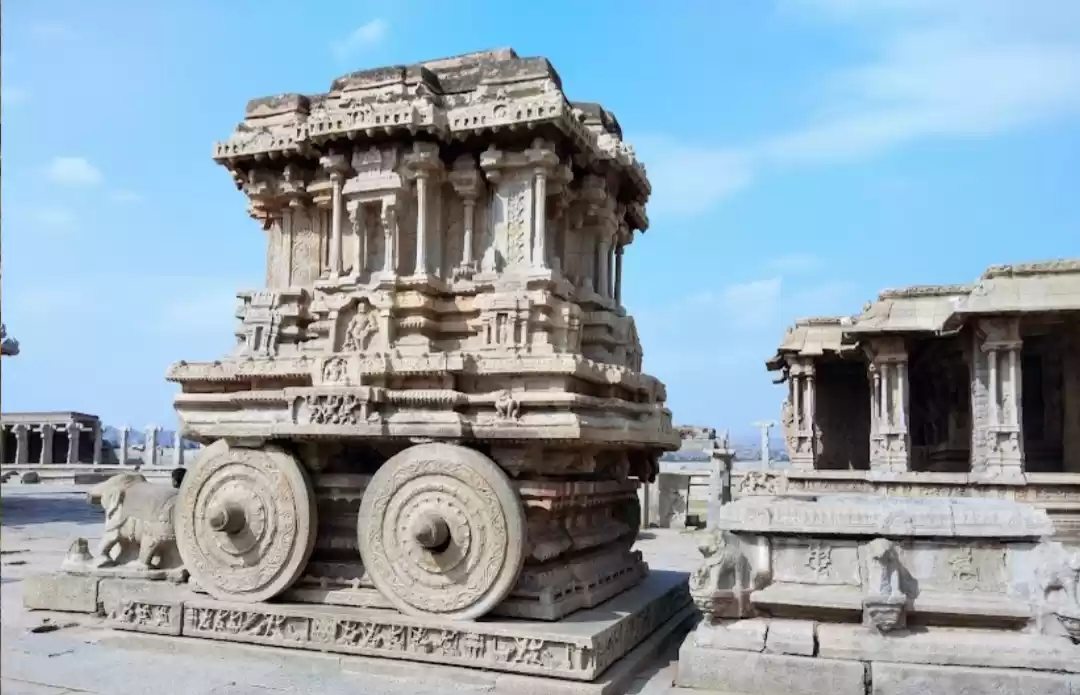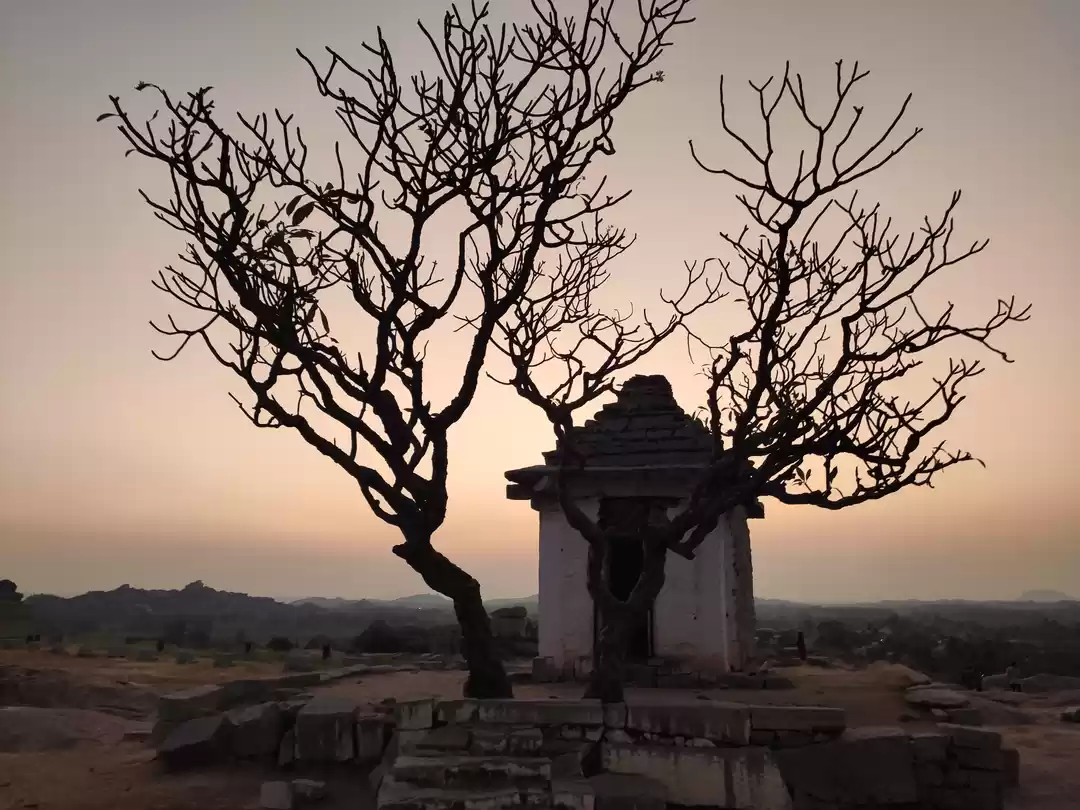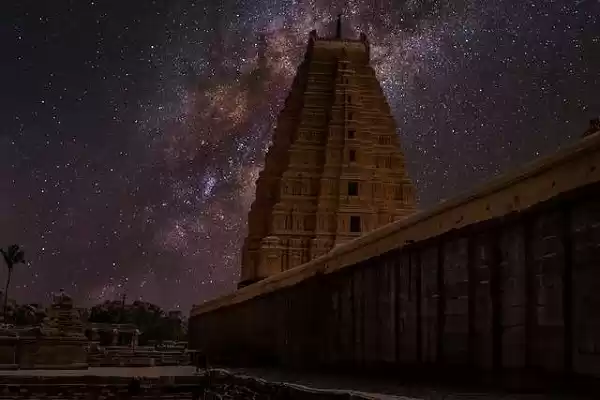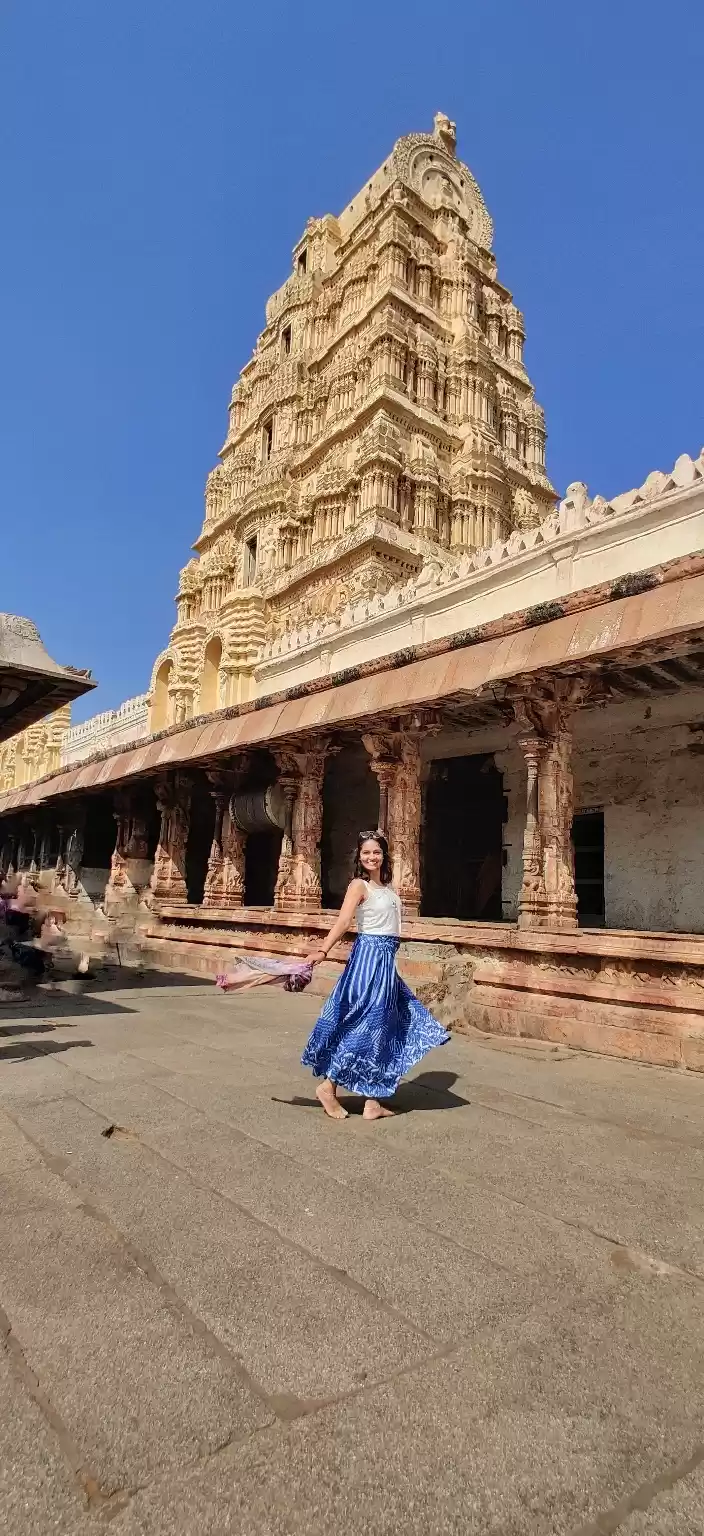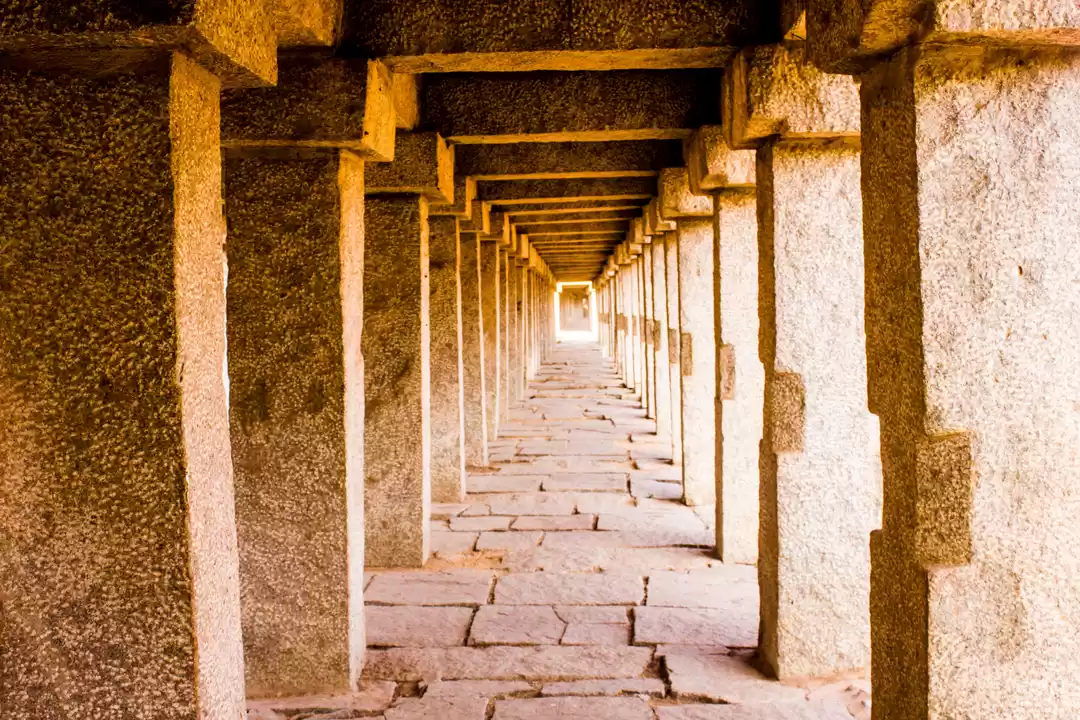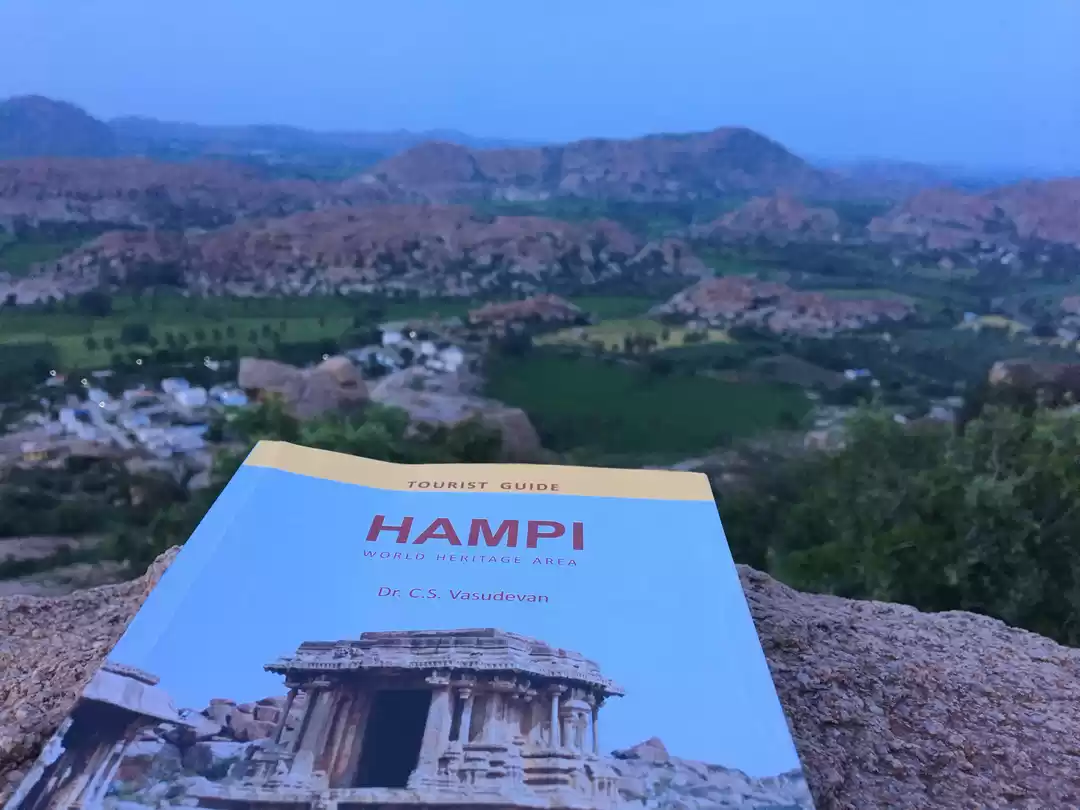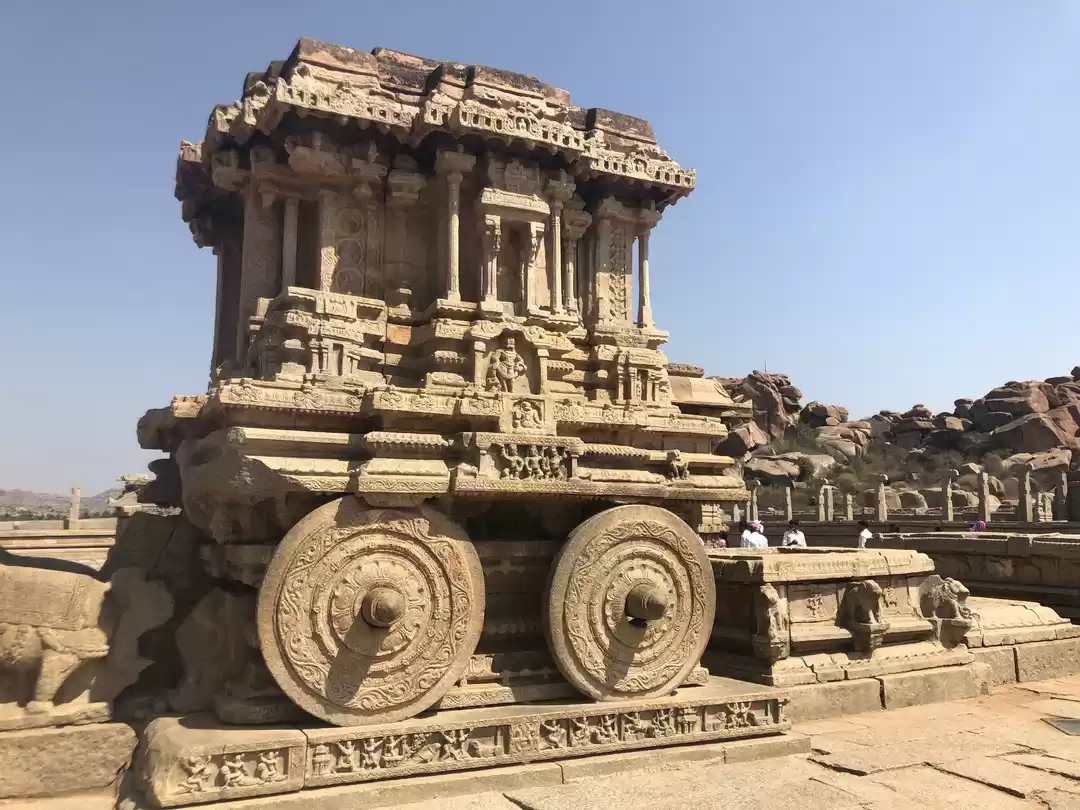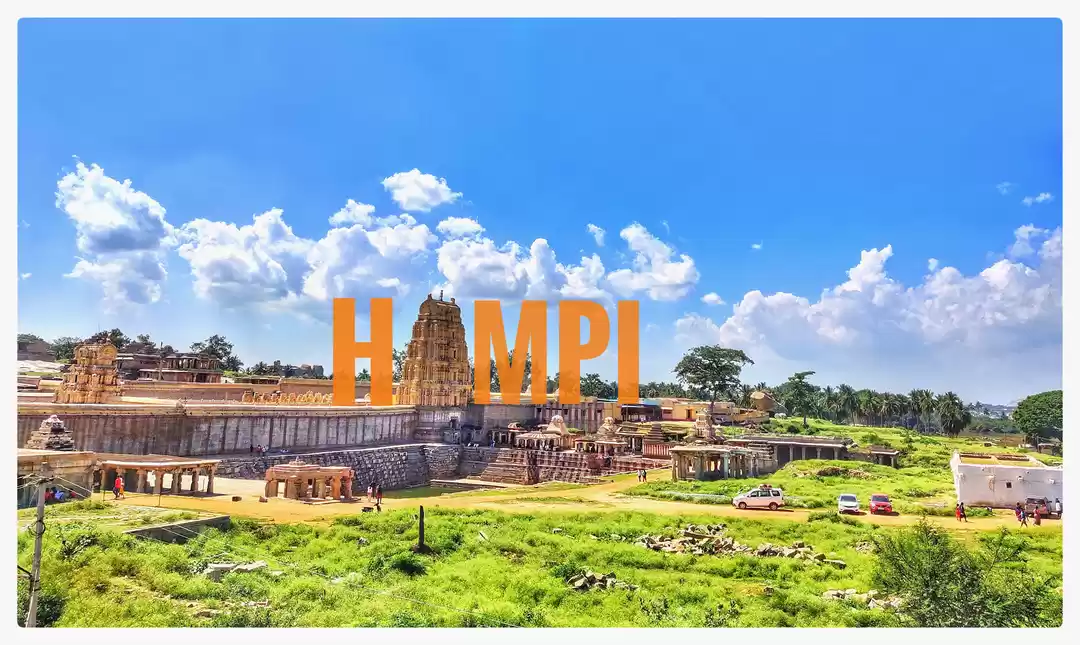
Hampi was on my wish-list since a long time, long before it managed to grab the 2nd spot on ‘The New York Times Must-See Global Destinations of 2019’ list. However, I will not deny the fact that the ‘NY Times’ declaration definitely reminded me that I should check this destination off my list before it gets swarmed by tourists. Thus, one of my friends and I decided to visit this historical marvel over a weekend.
Hampi is a quaint little village on the banks of the Tungabhadra and consists of the ruins of the once-glorious Vijayanagara empire. While we were excited to explore this ancient jewel of India, we were equally excited to include the Hippie Island on our list of to-dos in Hampi. Situated on the other side of the Tungabhadra, lies the Hippie Island, or the Virupapur Gadde, which is the sin city of Hampi, replete with Israeli hippies, quirky decor, and an elemental ambience.
Our journey began from Bangalore. We boarded an AC bus to Hospet (since there aren’t any direct buses to Hampi) and reached at 6, the next morning.
We checked into a homestay in New Hampi and were pleasantly surprised by the swanky interiors (though decked in tacky colours).
Our first day in Hampi began with a Continental breakfast at the Hampi Paradise Restaurant. Decked with bohemian decor (such as an authentic painting of Kali), this place was no less than an outdoor breakfast place in Bangalore.
Next, we saw the Sister Stones, and the driver explained how folklore claims that two sisters who were cursed by a saint had turned into stones at that point. We were keen on travelling to the other side of the Tungabhadra (to the Hippie Island) via a coracle, but our auto driver/guide gave us another option: A leisurely, customized coracle ride on Sanapur Lake, followed by a road trip to the Hippie Island.The coracle ride was my first, and I must say, I loved it thoroughly. My friend and I even rowed the coracle for a while, and it was quite a thrilling moment for both of us. Following the coracle ride, we treated ourselves to some refreshing coconut water and headed to the Hippie Island.
The Hippie Island lived up to its reputation. Replete with restaurants serving Israeli food, foreigners in hippie attire and quirky hairdos, eye-catching graffiti, and thatched-roofed houses, the Hippie Island is a treat to the bohemian soul.
My friend and I got colourful braids done at the island (another first for me) and explored the eateries there. We spent some time soaking in the gypsy ambience at Gouthami and savoured some choco-banana cake at the German Bakery (not so extraordinary).
Our day ended with a quick visit to the Hanuman Temple located nearby, after which we had an early dinner at the renowned Mango Tree, located in the Hampi Bazaar area.
While Mango Tree offered a soothing ambience, the "bazaar" didn't have too many options to explore. The area basically consists of a few curio/handicraft shops and a few eateries.
After a hectic day at the Hippie Island, we took an auto ride to our homestay. However, the village was then totally submerged in darkness. Our 15-minute ride to our homestay spooked us a bit, as the roads were dark and empty, flanked by trees and the ruins that seemed a wee bit haunted. Fortunately for us, we reached our homestay soon. We were eager to catch the sunrise the next morning.
Our second day in Hampi was quite an eventful one. The day began at 5:30 am, with us rushing to the base of the Matanga Hill. Unfortunately, I had underestimated the climb and was overdressed (in a skirt and a blouse, with a fancy dupatta) for it. After the initial few stretches, I got a panic attack, as the rest of the climb seemed difficult (especially if one is dressed in a skirt). At one point, I decided to give up. We were there to watch the sunrise, so yes, the trek in the dark was difficult, at least for me. However, our guide was determined to show me the sunrise and helped me climb up to a place where I could sit and watch the sunrise, while most of the others who were there climbed up to the highest point (beside the Matanga temple). My friend was able to climb up to the top, while I sat at a lower point, listening to bumble bees buzzing right next to me.
The sunrise, however, was worth the climb. The early morning chills, accompanied by the chirps of birds and the stunning view of the Tungabhadra on one side and the Achutaraya Temple on the other, was a delight.
Shortly after the sunrise, my friend was back from the hilltop, but she wasn't alone. Apparently, she had befriended a solo traveller from Delhi, and he tagged along with us. So now, we were a group of three. Our guide helped us climb down through another route (an easier one, with steps) that took us through the Achutaraya Temple at the base of the Matanga Hill. We explored the temple ruins and the monolithic bull (Nandi) nearby.
The rest of the day was spent exploring some of the awe-inspiring temple ruins of Hampi. We visited the Krishna Temple, the markets of the Vijayanagara era (which reminded me of similar structures at the Lepakshi temple), the Badavi Linga (a partially submerged shivlinga), the Narasimha temple, and the Ganesha temple.
The scorching sun was getting the better of us. Thus, we armed ourselves with caps and a lot of water and juices to help us sail through the day.
After a break, we made way to the Hazara Rama Temple (with beautifully sculpted pillars depicting scenes from the Ramayana). We then headed to the Lotus Mahal (reminiscent of the ancient monuments of Delhi), the awe-inspiring Elephant Stables, and the Queen's Bath. Our guide also took us to a place that had food plates etched in stone, which he claimed were meant for soldiers of that era.
We then explored the Mahanavami Dibba, a giant raised platform with a scenic view of the surrounding landscape. One of the highlights of the day was the giant step-well or Pushkarni (which reminded me of the great Adalaj step-well of Gujarat). A few selfies later, we decided (against our overtly enthusiastic guide) to keep our temple exploration pending and head for lunch instead.
We had a sumptuous lunch, consisting of a concoction of Israeli, Italian, and Continental food, at Funky Monkey in the Hampi Bazaar area. We chatted with another solo traveller there. He was planning to camp at Matanga Hill but was a little apprehensive about it, as a few of his friends had told him the hill was haunted. He also spoke of his interest in bouldering and told us he had plans of exploring Matanga Hill with a Chinese tourist he had met the previous day.
After lunch, we spent some time curio-shopping at Hampi Bazaar. After spending 10 minutes haggling with the vendor, we managed to salvage a few miniature stone chariots at a throwaway price. Our solo traveller friend had to depart, as he had a bus to catch in the evening and had to cover Hippie Island before that.
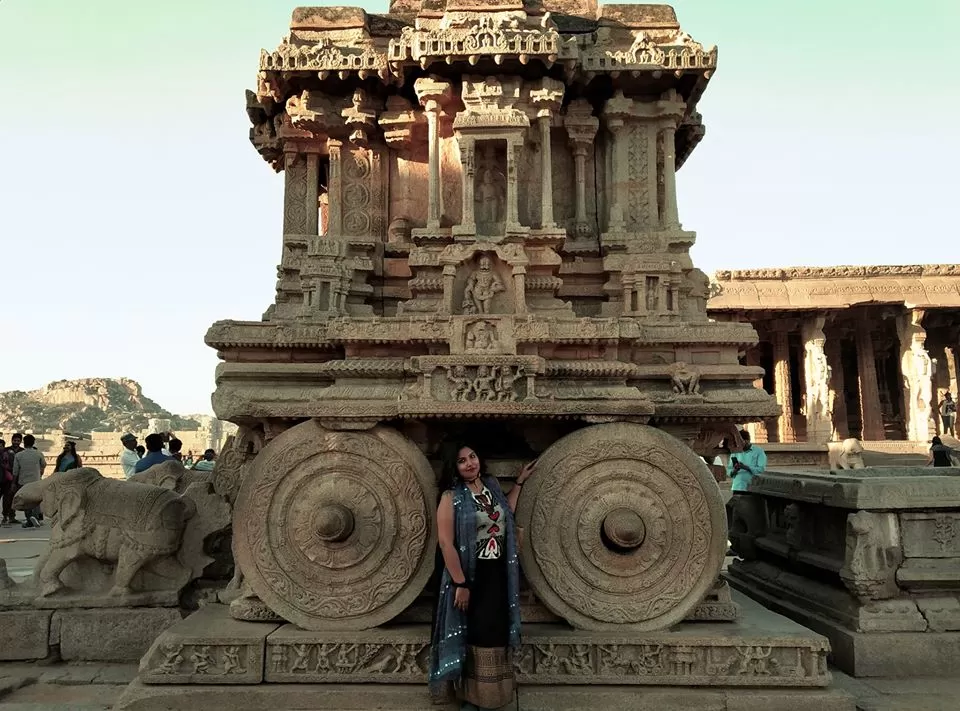
Next, our dedicated auto driver drove us to the cynosure of the entire region of Hampi: the Vijaya Vittala Temple and the Stone Chariot. As we headed for the ticket counter, we were almost mobbed by a huge group of schoolchildren who had arrived just then and were queuing up just ahead of us. We thought we wouldn't be able to cover the temple, as we had an hour before its scheduled closing time and the queue in front of us was a serpentine, never-ending one. After the initial shock, we realized the children had queued up but would not get in the battery-operated cars, for which we had queued up. They would walk instead. This meant, they were let in through a separate gate and the queue in front of us shortened significantly.
We thanked our stars as we got in the battery-operated car. A 2-minute ride took us to the main temple complex. As we entered the beautiful Vittala temple complex, we realized it was no ordinary temple. By far the most beautiful of all the temples we visited in Hampi, this was an architectural marvel, which makes one question: If the ruins are this breathtaking, how beautiful were these temples back in the time of the mighty Vijayanagara empire, before being burned down and ravaged by the Delhi Sultanate?
The Stone Chariot was definitely the highlight of the entire complex, with people clicking the chariot from a distance, with the 50-Rupee note (bearing an image of the chariot) beside it - a frame that has now become a cliche of sorts.
A few steps ahead lay the mighty Musical Pillars. The main feature of these pillars is that they emanate different sounds of the "sargam"when tapped. Unfortunately, a major portion of this structure is now closed down for maintenance and is thus out of reach of tourists. We were highly disappointed but managed to explore the entire complex and strike some pretty poses inside.
After an hour of clicking photos and exploring the temple, we headed back to the main entrance, queuing up for the battery-operated car again.
Our next spot was the Hemakuta Temple and the sunset point adjacent to it. The monkey families spotted at the main entrance added to the appeal of this place. We did a quick recce of the temple and were rushing to the sunset point when our guide took us to an isolated corner of the temple and amazed us by tapping on a few pillars. What we heard was music. It sounded like the tabla and was soothing to the ears. Our disappointment at not being able to get into the actual structure with the bigger musical pillars at the Vittala Temple was now somewhat gone.
We rushed to the sunset point and realized we had reached at the 11th hour. We caught a glimpse of the setting sun and loved every bit of it.
Our last spot was the Virupaksha Temple. We were thrilled to spot the temple elephant, Lakshmi, who was seen blessing the devotees with her trunk and eating the bananas and other fruits offered to her. Thankfully, she was not in chains.
Our journey to Hampi was now over and we left the little village that night with somewhat heavy hearts but also with a lot of experiences and memories that would remain with us forever. The journey gave us new friends and gave me a new set of firsts: my first experience of trekking up a hill in a skirt (that too, in utter darkness, just before the sunrise), my first experience of getting coloured hippie braids, and my first coracle ride.
To conclude, I would like to use a phrase used by the solo traveller we met in Hampi, who later turned into a good friend: "Don't Worry, Be Hampi!"












